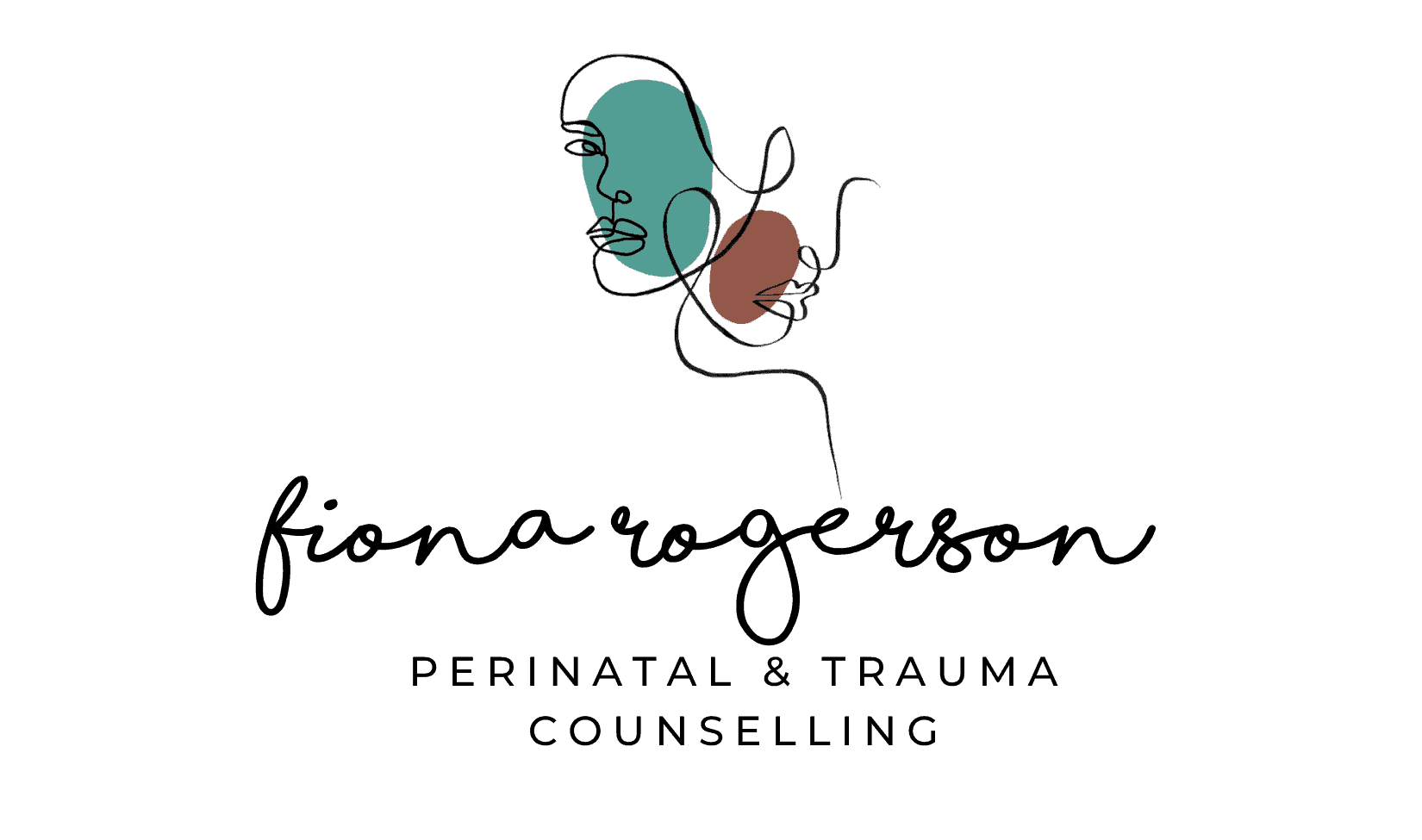Boundaries: how strengthening your internal boundaries helps you set strong external boundaries
Something that I work on with many of the people I see in my counselling room, is the difference between internal boundaries and external boundaries. Most of us have heard the term ‘boundaries’ used in reference to setting protective limits around ourselves, but understanding the difference in the types of boundaries we can set is really important.
If our internal boundaries are not strong, it is so much harder to hold external boundaries with those around us.
So, let’s take a closer look at the importance of growing both our internal and external boundaries, and their role in supporting our wellbeing.
Internal boundaries
Internal boundaries are the boundaries you set between you and you, and:
- Govern how you relate and interact with yourself
- Relate to your emotional and mental worlds, including your identity, personal capacity, values and morals
- Strong internal boundaries allow us to remain whole when our external boundaries are breached.
An example of an internal boundary may be the time limits you place on yourself for
accessing social media, the limits you place on your bedtime, or the limits you set for taking on more work.
Internal boundaries form the foundation for our external boundaries and are often based on our self-care, our values, and our capacity. They are designed to keep us feeling strong.
External boundaries
External boundaries are the physical and emotional limits you set between you and others, and:
- Govern how you relate and interact with others
- Shape your behaviour with others and how you are in turn treated by others
- Weak internal boundaries allow us to be impacted when external boundaries are crossed or breached.
An external boundary may be the limits you place on the interactions others can have with us. For example, a family member that zaps your energy may have limits on when they can visit.
External boundaries can be crossed by those around us, despite our best efforts to firmly hold to them. If our internal boundaries are also fragile at the time, then we’re more likely to be negatively impacted by that breach.
On the other hand, if our internal boundaries are strong (we are feeling internally strong), then we may be impacted to a lesser degree.
Why is it hard to hold external boundaries when our internal boundaries are fragile?
Being clear on what our boundaries are helps us to clearly communicate our needs and expectations with other people.
Yet, if our internal boundaries are unsteady for any reason, it can make holding external boundaries very challenging.
Let’s say that you’ve been struggling with setting boundaries around your own time (for example, how much time you spend on social media or watching TV), you may then find it hard to set boundaries around your time with others, meaning you’re often saying yes to requests, even when you don’t really want to do something. This can then have a flow on impact on your wellbeing, due to overcommitment and overwhelm.
In this example, you can work on strengthening your internal boundary by setting yourself a gradual goal to limit social media use (or whatever it is that you want to put a boundary around), to say one hour per day.
By setting and prioritising this boundary with yourself, you will also build your capacity to set and hold external boundaries around your time.
To strengthen external boundaries, you may practise saying no to requests for your time that don’t align with your values, priorities, or energy. For example, you may decide to turn down an invitation to a party that you don’t feel up to, or to decline an extra project at work, if that will push you beyond your limits.
Over time, as you work on building your internal and external boundaries, you may notice that you start to feel more empowered and less overwhelmed and stressed in your life.
Please know though – boundary setting is a skill – it takes practice and time to feel clear and comfortable setting boundaries, but the long-term benefits to your relationship with yourself and others will be worth it.
So have a think about your boundaries – both internal and external. Are there boundaries that you feel need more work right now? Are they internal, external, or both?
If you’d like support to learn more about boundaries and practising boundary setting in your life, get in touch here. I would love to support you.















